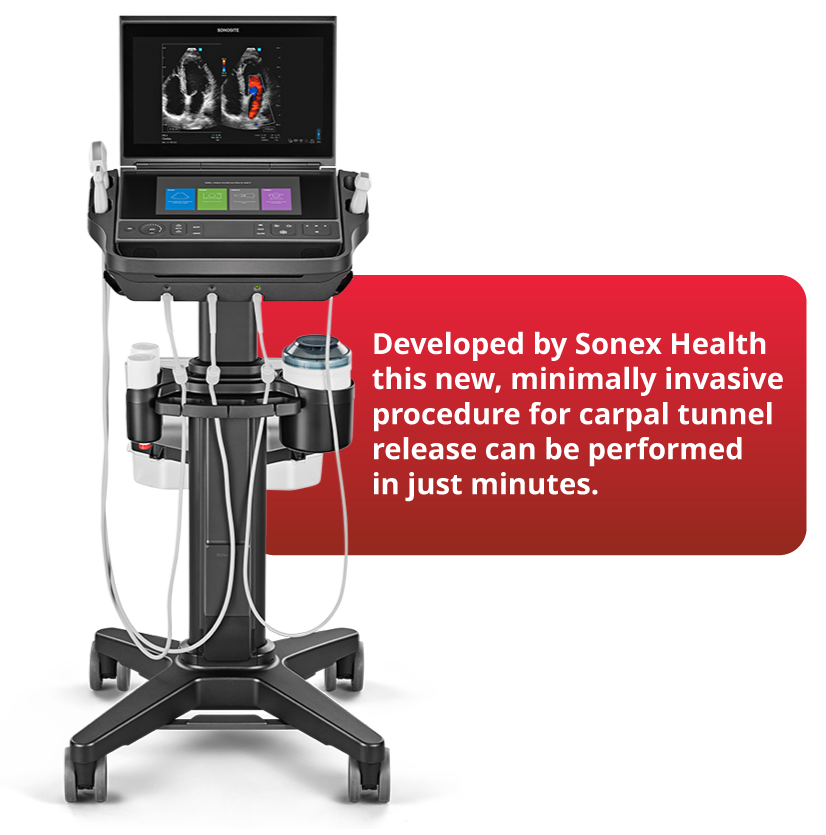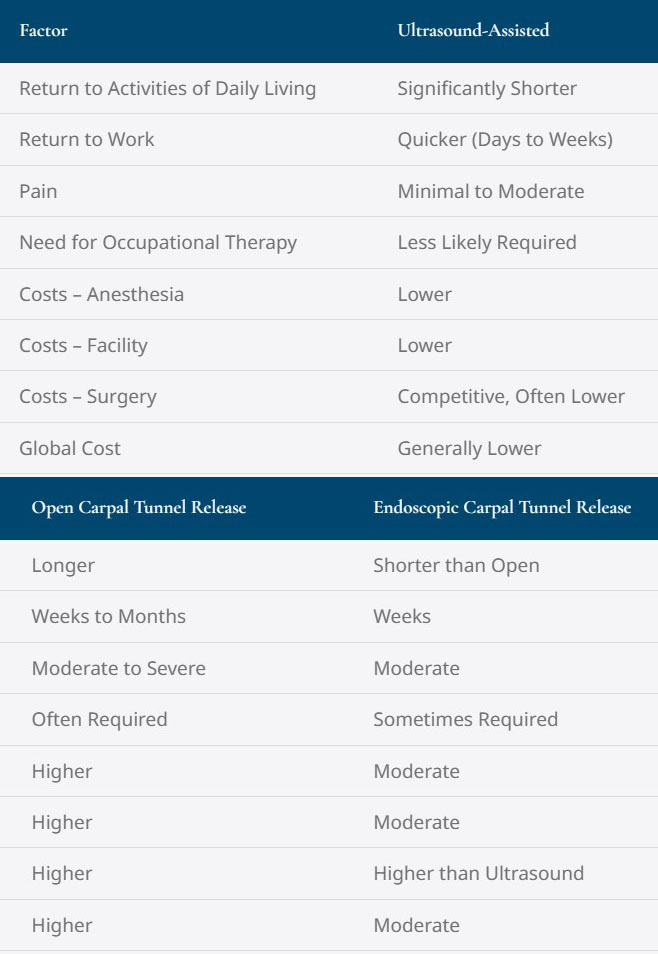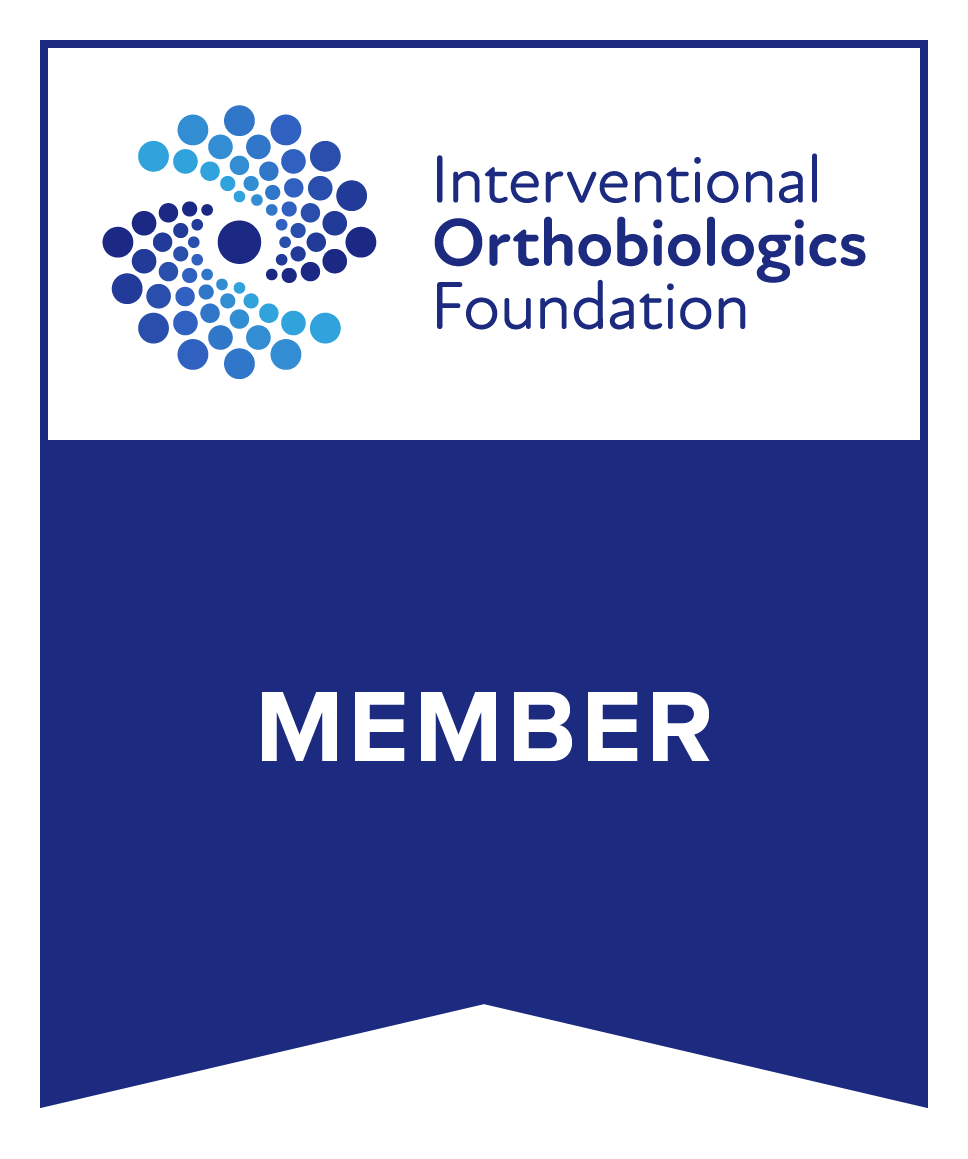Carpal tunnel release with ultrasound guidance.
Carpal tunnel release
with ultrasound guidance.
Recovery in days, not weeks.
Recovery in days, not weeks.
With the Power of Diagnostic Ultrasound.
With the Power of
Diagnostic Ultrasound.

Tyrance Orthopedics uses the latest ultrasound technology from Fujitsu to diagnose conditions and visualize procedures in real-time as they’re performed. Unparalleled accuracy and precision.
Detailed Comparison of Carpal Tunnel Release Methods:
| Factor | Ultrasound-Assisted | Open Carpal Tunnel Release | Endoscopic Carpal Tunnel Release |
|---|---|---|---|
| Return to Activities of Daily Living | Significantly Shorter | Longer | Shorter than Open |
| Return to Work | Quicker (Days to Weeks) | Weeks to Months | Weeks |
| Pain | Minimal to Moderate | Moderate to Severe | Moderate |
| Need for Occupational Therapy | Less Likely Required | Often Required | Sometimes Required |
| Costs – Anesthesia | Lower | Higher | Moderate |
| Costs – Facility | Lower | Higher | Moderate |
| Costs – Surgery | Competitive, Often Lower | Higher | Higher than Ultrasound |
| Global Cost | Generally Lower | Higher | Moderate |

What our patients say
We believe in earning the trust of our patients, not only by providing the highest quality and leading-edge medical care but also by treating each patient and their family with sincere compassion.


